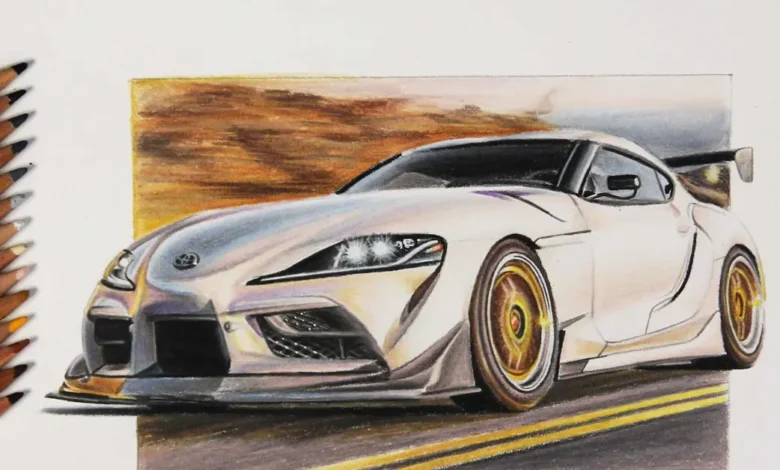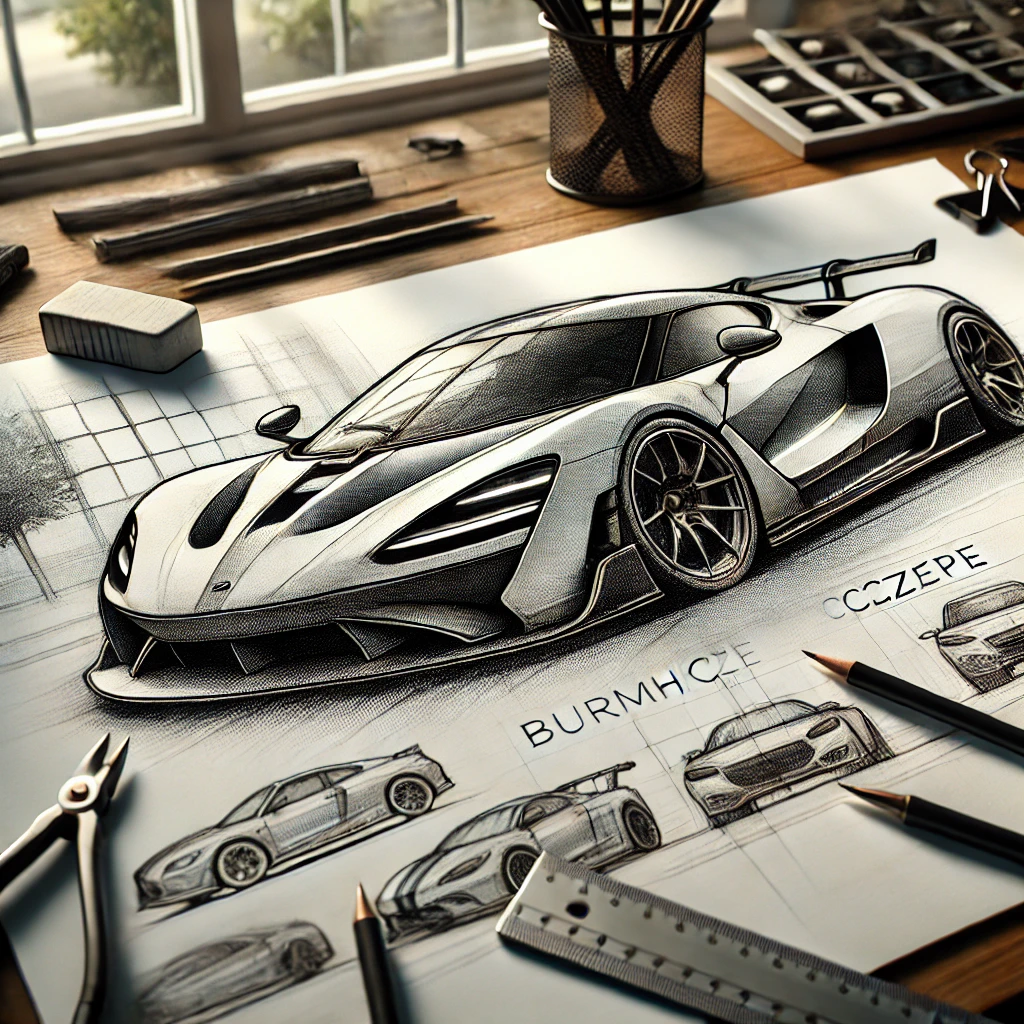Drawing:burmhcczepe= car A Step-by-Step Guide to Mastering Car Illustrations

Drawing:burmhcczepe= car cars can be a fun and rewarding experience, whether you’re a beginner or an advanced artist. Understanding the basics of Drawing:burmhcczepe= car helps you create more realistic and dynamic car illustrations. In this comprehensive guide, we’ll take a closer look at everything you need to know, from the fundamental techniques to more advanced tricks for making your drawings stand out. Whether you’re sketching for fun or working on a professional project, mastering the art of drawing cars is a valuable skill.
Why Drawing Cars is a Fun and Useful Skill

There are several reasons why learning how to Drawing:burmhcczepe= car can be so rewarding:
- Creativity: Cars have a wide range of shapes, styles, and designs, making them a great way to express your artistic creativity.
- Realism: Once you’ve mastered the basics, you can start drawing cars that look incredibly realistic, impressing friends, family, and even potential clients.
- Therapeutic: Like any form of art, drawing can be a relaxing activity that allows you to unwind and focus your mind.
- Design and Concept Art: If you’re interested in automotive design or want to pursue a career as a concept artist, knowing how to draw cars is essential.
This article will guide you through everything you need to create stunning, realistic car drawings.
Understanding the Basics of Drawing
= Car
Before diving into the actual techniques of drawing
= car, it’s important to understand the basic concepts. Cars, like any other objects, are made up of simple shapes, lines, and curves that come together to form a more complex structure. Here’s a quick breakdown:
- Shapes: Cars are typically made from basic geometric shapes like rectangles, squares, circles, and ovals. Identifying these shapes is key to understanding how to break down the drawing process.
- Proportions: Like any drawing, getting the right proportions is essential. A car that’s too long or too short will look unrealistic. Pay close attention to the relative sizes of each part.
- Perspective: Cars are three-dimensional objects, so perspective plays a huge role in making your drawings look realistic. Knowing how to draw a car from different angles will help you master this skill.
By grasping these fundamentals, you’ll be well on your way to becoming an expert in drawing
= car.
Materials You’ll Need to Start Drawing
= Car
Before jumping into the sketching process, let’s talk about the tools and materials you’ll need. While you can use any type of paper or pencil, here are some essential items that can help improve your drawings:
- Pencils: Start with a set of quality pencils (ranging from 2H to 6B). A 2H pencil is great for light sketches, while a 6B pencil is ideal for dark shading and details.
- Paper: Smooth, medium-weight paper works best for detailed drawings. You can use sketch pads or even printer paper, but thicker paper will handle erasing better without tearing.
- Erasers: Use both a regular eraser and a kneaded eraser to make corrections and add highlights.
- Ruler: A ruler can help keep your lines straight, especially when sketching the angular parts of a car.
- Blending Stumps: These tools help to blend your shading, giving the drawing a smoother, more professional look.
The Step-by-Step Process of Drawing
= Car
Now, let’s get into the step-by-step process of drawing a car. Follow these easy-to-understand stages to help guide you from a basic sketch to a polished car illustration.
Step 1: Sketching Basic Shapes
The first thing you’ll want to do is lightly sketch the basic shapes that make up the structure of the car. Start with the following:
- Draw a rectangle for the body of the car. This will form the basic framework for the shape of the car.
- Add circles for the wheels. Make sure they are evenly spaced and proportional to the body of the car.
- Outline the windows with smaller rectangles or ovals. This helps give you a sense of the car’s silhouette.
At this point, don’t worry about perfection—this is just the structure, so keep your lines light and simple.
Step 2: Add Basic Details
Once you have the basic framework in place, it’s time to add some details. Start with the following:
- Draw the roof: The roof of the car should connect to the body with smooth, flowing lines.
- Outline the headlights and taillights: These are key to defining the character of the car.
- Sketch in the door handles: Keep the proportions in mind as you draw the handles and other smaller features.
- Define the car’s grille, bumper, and exhaust: Add these elements to start giving your car a more distinct look.
Use light, short strokes to build these details, as you’ll refine them later.
Step 3: Refining the Shape and Details
With the basic structure and details in place, start refining your drawing by adding more definitions:
- Smooth out the curves: Cars have smooth, flowing lines, so make sure to refine your sketch to capture these curves.
- Add reflections on the windows: Car windows often reflect light, which gives them a shiny, polished look.
- Define the tires and wheels: Use darker lines to bring the wheels into focus, and add texture to the tires.
At this stage, it’s important to focus on getting the car’s features right, paying attention to both the shape and position of each detail.
Step 4: Adding Shading and Depth
Shading is what brings your car to life, making it look three-dimensional. Use your pencils to add depth:
- Light shading: Start with light shading for areas that are further from the light source.
- Dark shading: Add darker shading to areas like the underside of the car, the wheels, and the interior of the windows.
- Blend your shading: Use blending stumps or your fingers to smooth out harsh lines and create a realistic effect.
Take your time with shading to ensure that your car looks realistic, paying attention to how light hits the surface.
Step 5: Final Details and Touches
Once the major elements are shaded and defined, it’s time for the final touches:
- Enhance the highlights: Use a kneaded eraser to lift out some highlights from the body and windows.
- Clean up the lines: Erase any unnecessary construction lines and sharpen up the outlines.
- Add fine details: This is the time to add extra details like reflections, texture on the tires, or intricate elements of the car’s design.
The goal is to make your drawing
= The car looks as polished and realistic as possible, so take your time to refine every aspect of the drawing.
Tips and Techniques for Perfecting Your Car Drawings
- Study real cars: The best way to improve your car drawings is by studying real-life cars. Pay attention to the details, such as how light interacts with the car’s surface, the design of the headlights, or the shape of the wheels.
- Use reference photos: Don’t be afraid to use reference photos for more complicated car designs. This can help you better understand proportions and intricate details.
- Practice different angles: Cars can look drastically different depending on the angle you view them from. Practice drawing cars from various perspectives to improve your skills.
- Draw regularly: The more you practice, the better your drawings will become. Set aside time each day to draw cars and refine your technique.
Common Mistakes to Avoid
When learning how to draw
= a car, there are a few common mistakes that beginners often make. Here’s what to avoid:
- Ignoring proportions: Cars are all about getting the proportions right. Avoid making the wheels too big or too small compared to the body.
- Lack of perspective: Cars need to look three-dimensional, so be mindful of the perspective you’re using in your drawing.
- Overcomplicating the details: While details are important, don’t get too caught up in tiny features in the early stages. Focus on the overall structure first.
Conclusion: Mastering the Art of Drawing
= Car
Learning how to draw
= car is a skill that takes practice and patience, but with the right techniques and dedication, anyone can master it. By starting with basic shapes, adding fine details, and using shading techniques, you can create stunning, realistic car illustrations. Remember to be patient with yourself and keep practicing—you’ll see improvement over time! So, whether you’re drawing cars for fun or aspiring to become a professional automotive artist, this guide will set you on the path to success.